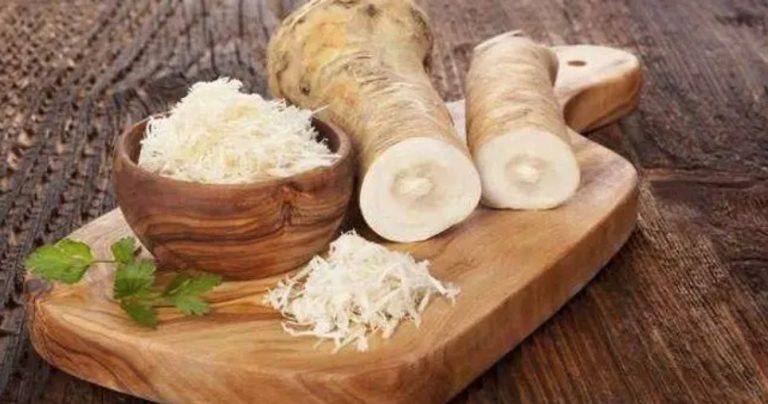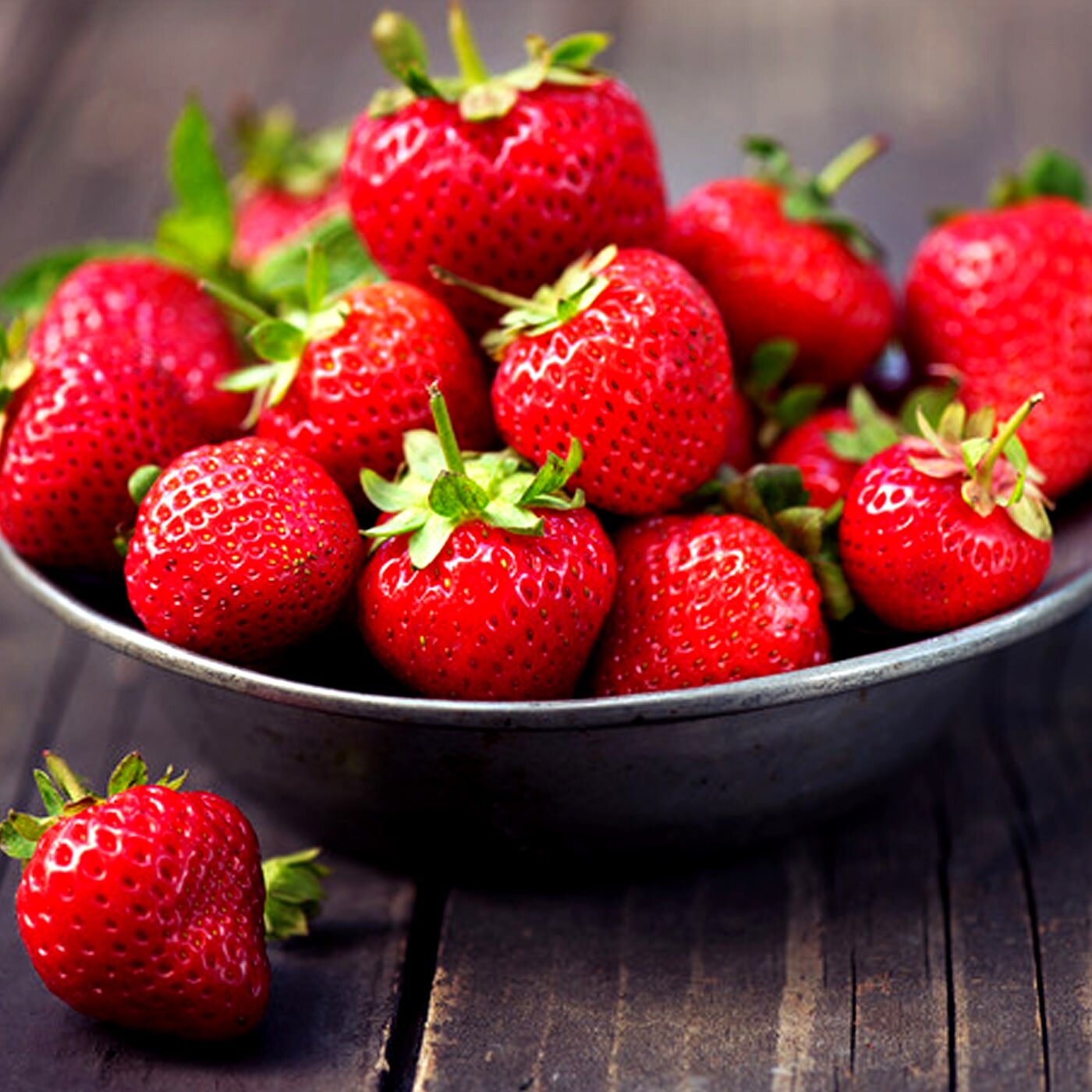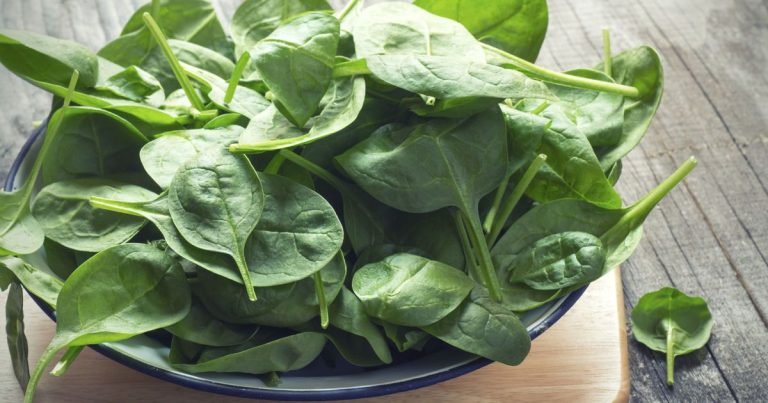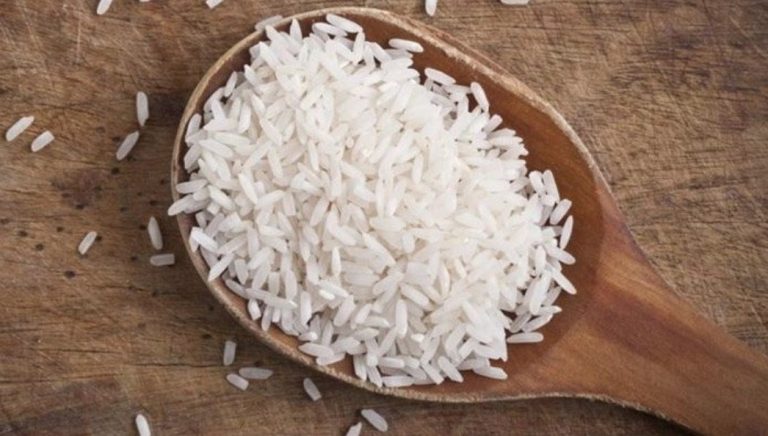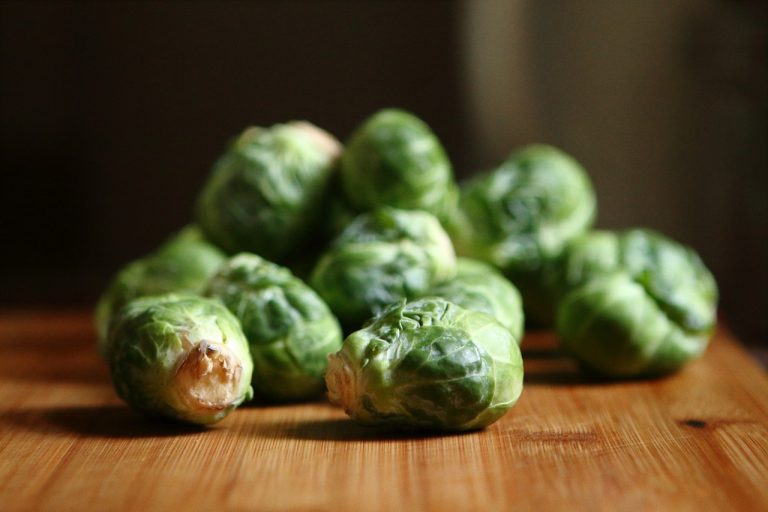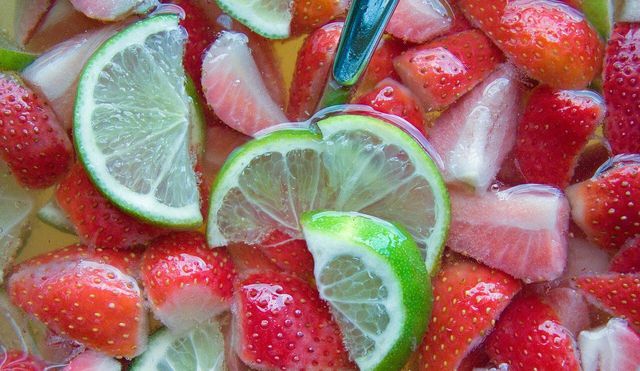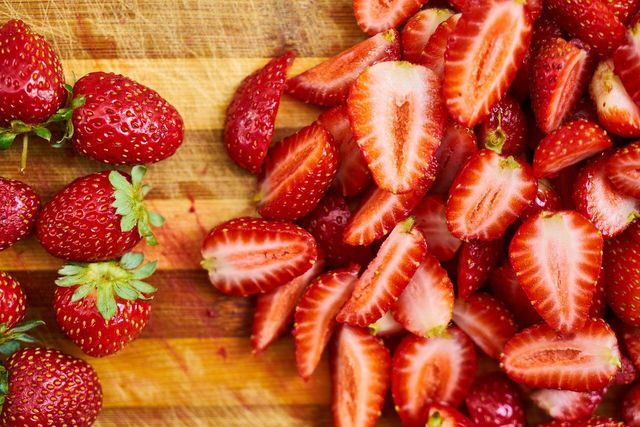You can prepare horseradish in the form of dips, sauces and soups, for example. If you bought too much or had a particularly rich harvest, horseradish can also be easily preserved.
Horseradish is a particularly hot type of radish that is in season in Germany between October and January. The horseradish root is considered healthy because it is rich in vitamin C and is said to have an antibacterial effect due to its mustard oils. At the same time, the mustard oils ensure the characteristic spiciness of horseradish, which gives various dishes their special flavor.
In this article, we will show you how you can prepare horseradish and how best to store it.
Cook horseradish: This is how you use the root

Due to its sharpness, horseradish is hardly edible on its own. In the kitchen, it is therefore used in small amounts to flavor sauces and similar dishes – often in combination with cream or other ingredients that reduce the heat somewhat.
The classic horseradish sauce is traditionally often served with meat or fish, but it also goes well with potatoes, dumplings, vegetables or vegetarian patties. You can also prepare salad dressings, dips or soups with horseradish.
If you are particularly fond of horseradish, you can plant it in your own garden and harvest the roots yourself. You can find detailed instructions on how to do this in our guides on harvesting and planting horseradish. If you buy the horseradish at the weekly market or in the shop, you should do so in season if possible and pay attention to organic quality. In this way you avoid unnecessarily long transport routes and residues of harmful pesticides.
When cooking, you often only need small amounts of horseradish root. Because of this, it’s easy to end up buying or harvesting more horseradish than you can cook. So that you don’t have to throw away the excess horseradish, you can make it last longer. We’ll show you a simple method to do this.
Preserve horseradish: Simple method with salt and vinegar

Ingredients:
200 g fresh horseradish
1 tsp salt
1 squirt vinegar (plus more for topping if needed)
Directions:
Wash the horseradish, peel it and grate it finely.
Mix the grated horseradish with a teaspoon of salt and a dash of vinegar. Important: Make sure that the vinegar is evenly distributed so that the entire horseradish mixture can be preserved. Otherwise it will quickly turn gray later.
Pour the mixture into a sterilized jar, covering the surface with a little extra vinegar if necessary. Then close the jar tightly.
It is best to keep the pickled horseradish in the fridge. Unopened, it will keep for at least four weeks. Just like with fresh horseradish, you can use it to prepare various horseradish dishes. Once opened, you should use the jar within a few days if possible.
By the way: As an alternative to this method, you can also preserve horseradish by freezing it. This is possible with both the unpeeled whole root and with grated horseradish, which you should mix with a little vinegar or lemon juice before freezing. The horseradish will keep in the freezer for about half a year. However, it may lose some of its flavor when frozen.

